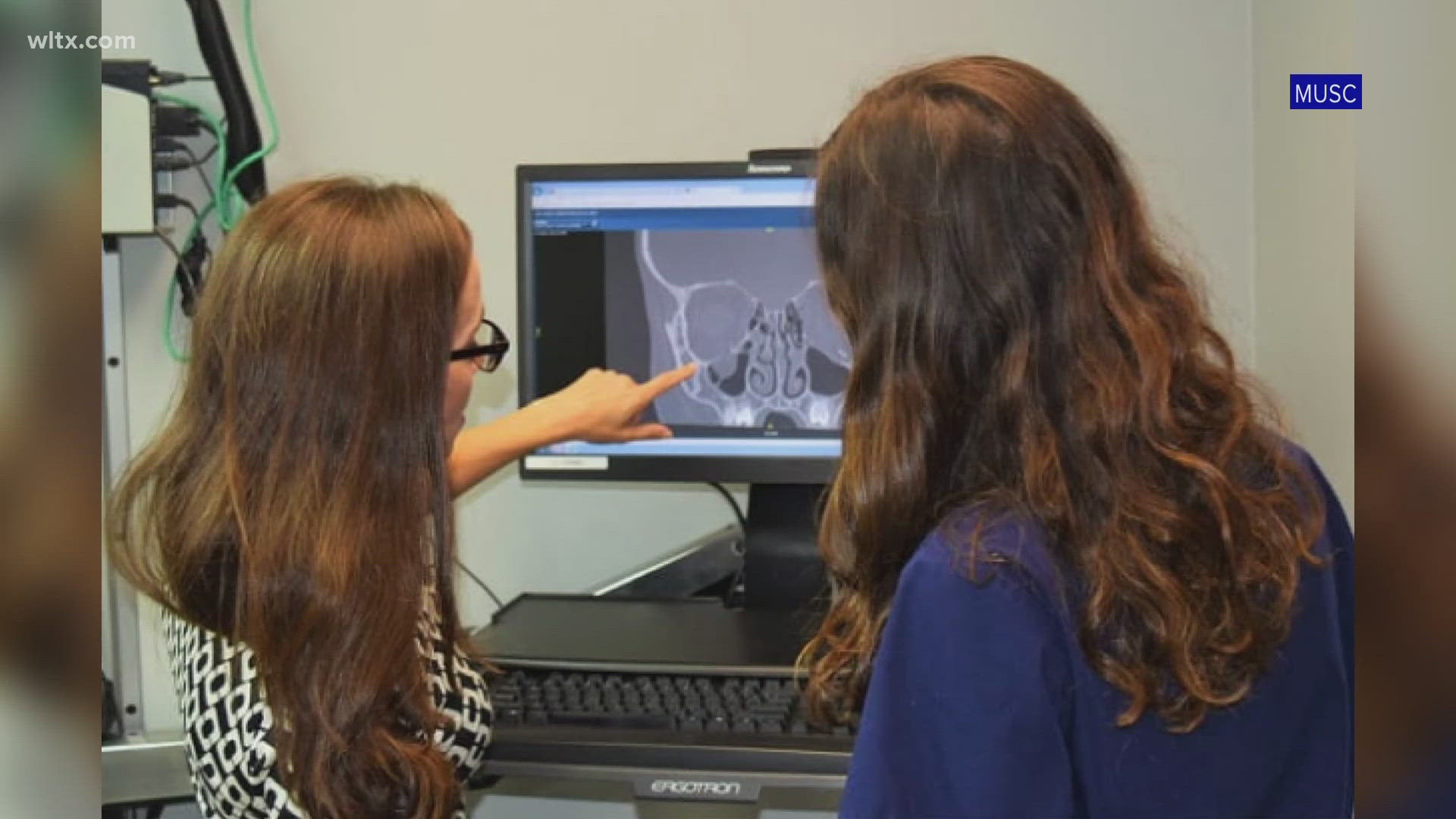CHARLESTON, S.C. — July is cleft and craniofacial awareness month. This specifically relates to cleft lips and palates.
According to state medical experts, a cleft lip is an opening in the upper lip, and a cleft palate is an opening in the roof of the mouth.
"Within the Cleft and Craniofacial team at MUSC, we serve anywhere from four to 450 children each year in our team, and one of the things I love about what I do is that I get to meet the families very early on, and sometimes this happens during the prenatal visit," said Dr. Phayvanh Pecha, an associate professor at MUSC, pediatric otolaryngologist and cleft surgeon. "And so, what that means is mom is pregnant with baby, and she finds out that he or she has a cleft lip and or cleft palate, and then we get to meet each other, talk about what different methods we'll need to look out for as baby grows in that first year of life, as far as feeding goes. And we follow kids out until they're 18."
She said one in 700 children in the United States are born with cleft differences.
Dr. Pecha said it's important that children born with clefts see specialists like speech-language pathologists, dentists, and cleft and craniofacial teams as they grow up for an individualized treatment plan.
She said that ultrasounds can usually detect a cleft lip as early as 20 weeks into a pregnancy.
Dr. Pecha said cleft lip repairs often happen within the first three to six months of a newborn's life, while a cleft palate repair happens after nine to 12 months.
"Another reason to close a cleft palate in addition to feeding difficulties is speech," Dr. Pecha said. "And so, when there's a hole in the back of our palate, we can't say certain words. And so, when children grow up with an unrepaired cleft palate, their speech is very difficult to understand."
She said research shows that clefts can be caused by environmental or genetic factors. For example, a history of diabetes, smoke exposure or certain medications can lead to a higher rate of having clefts.
But doctors sometimes don't know why they occur.
"Part of the issue is having people know about what it is and normalizing it, and knowing that these children are wonderful, they’re smart, they’re a great part of society," Dr. Pecha said.

